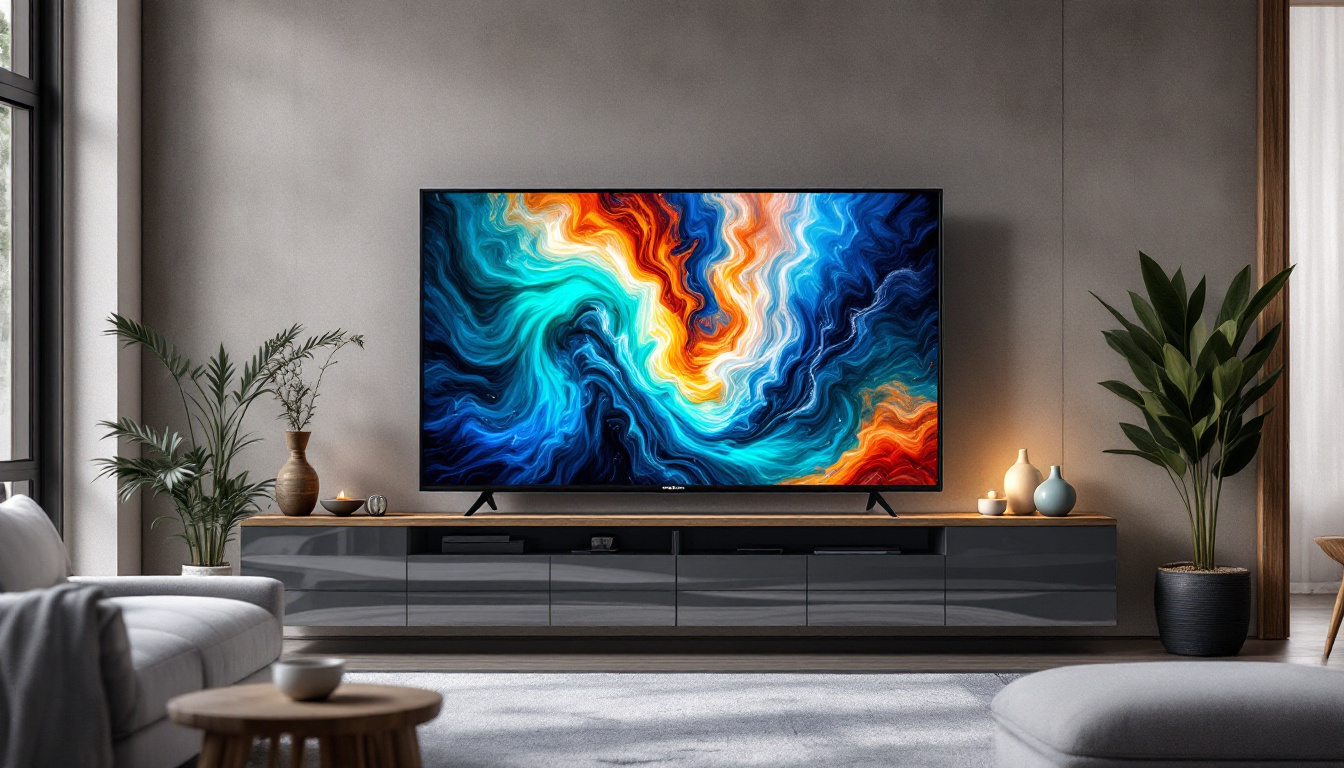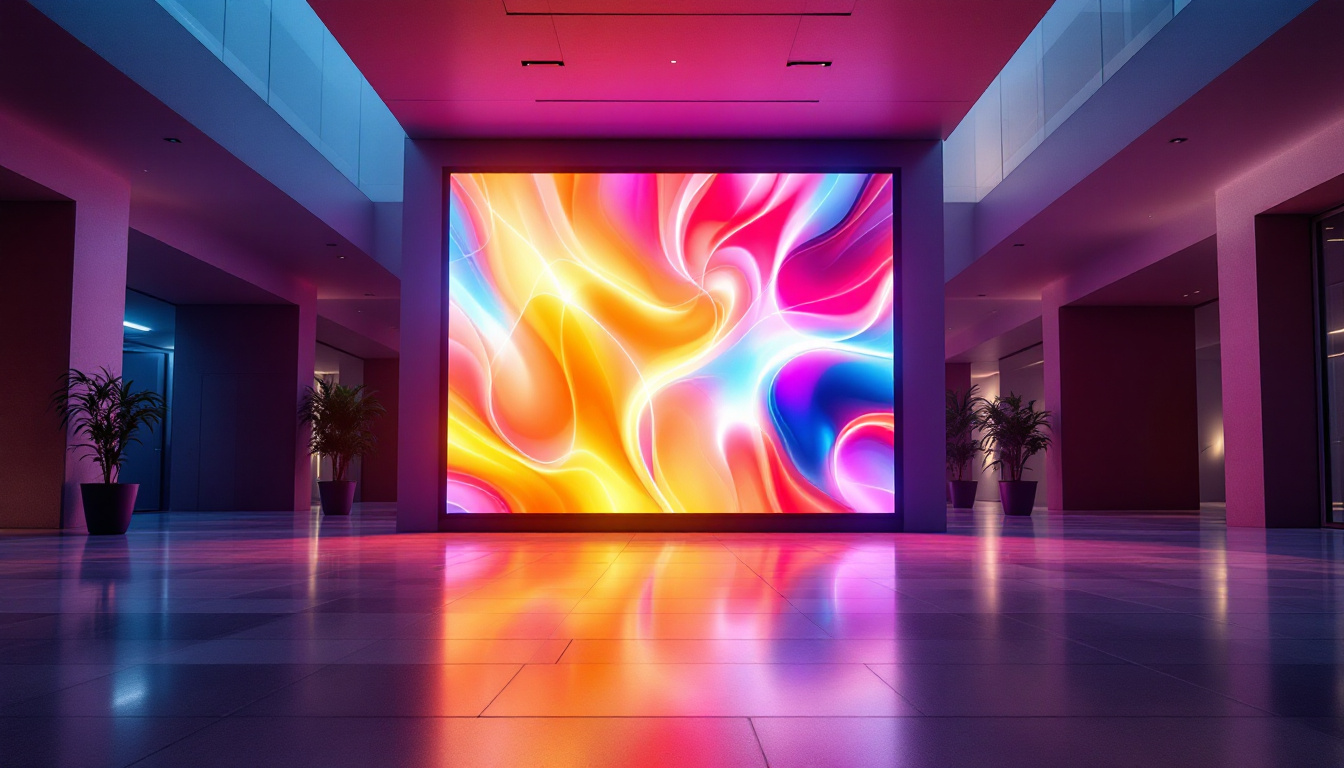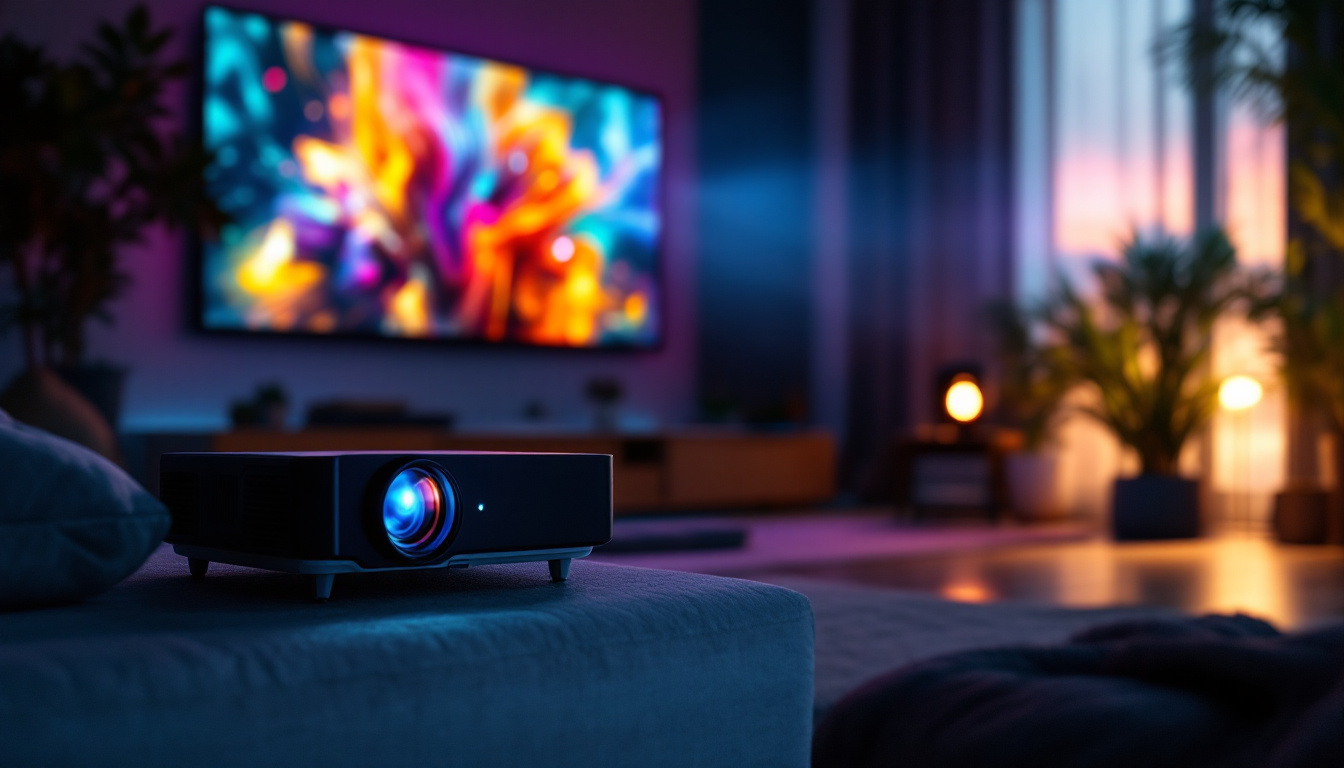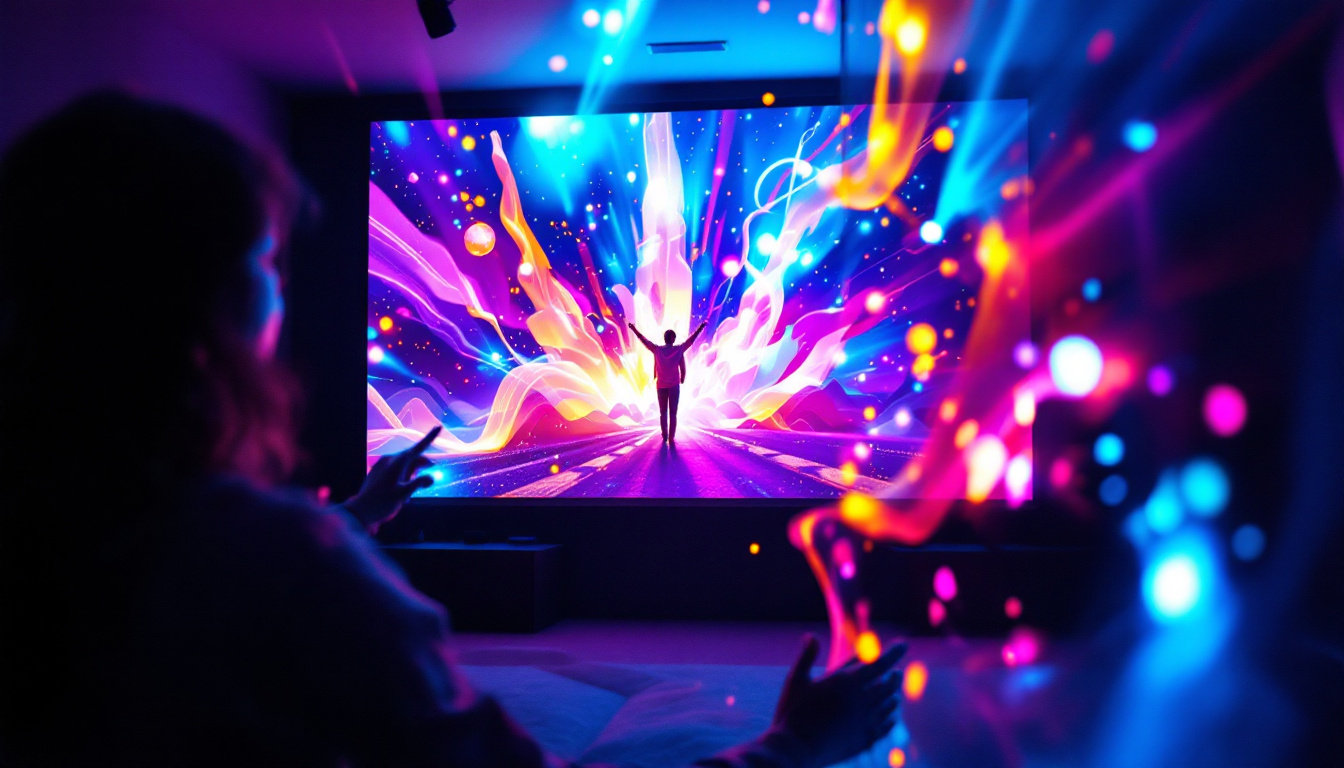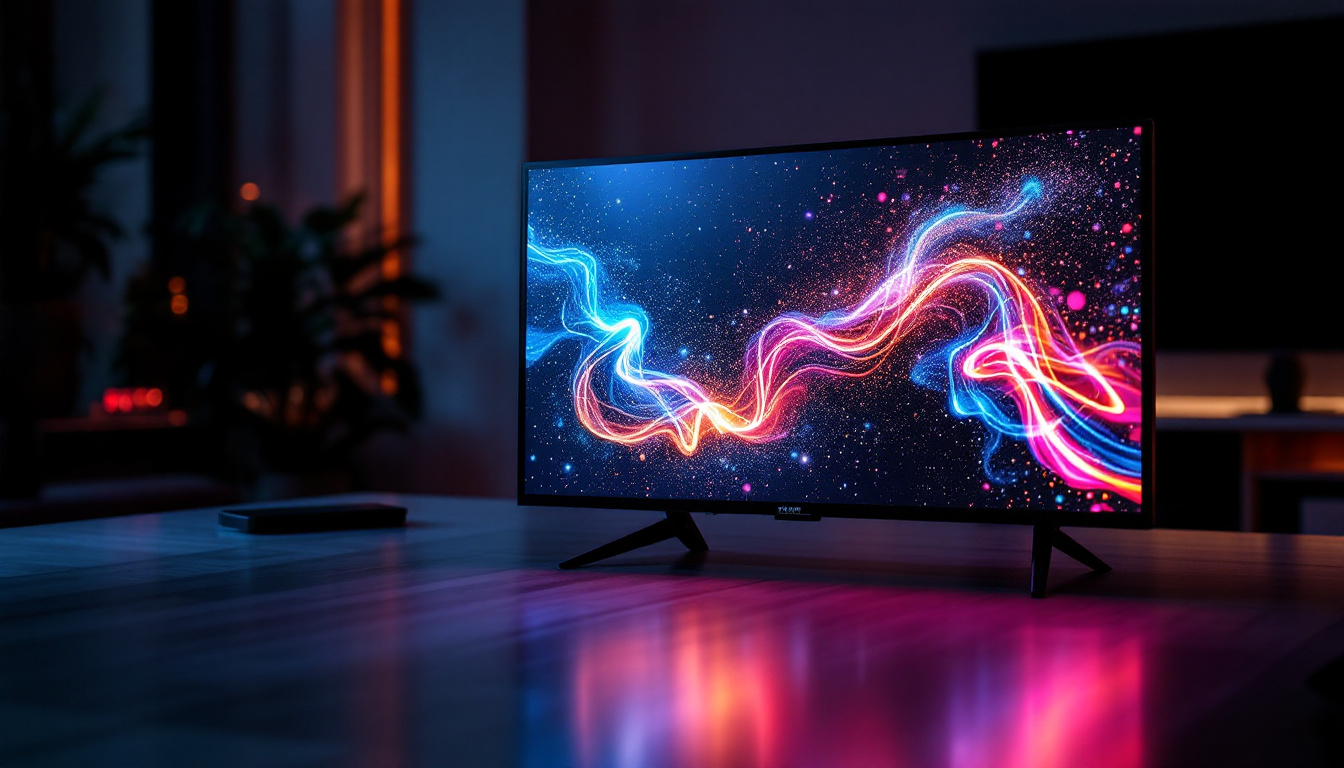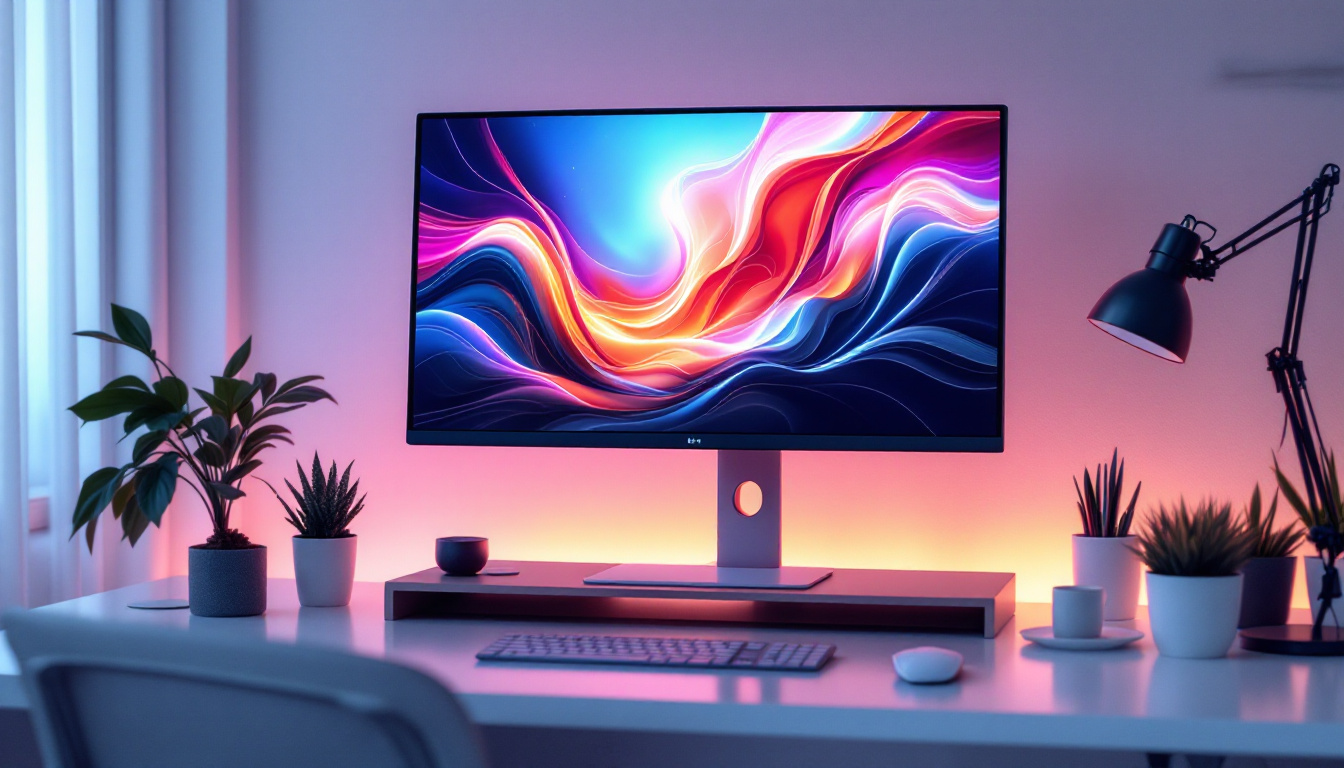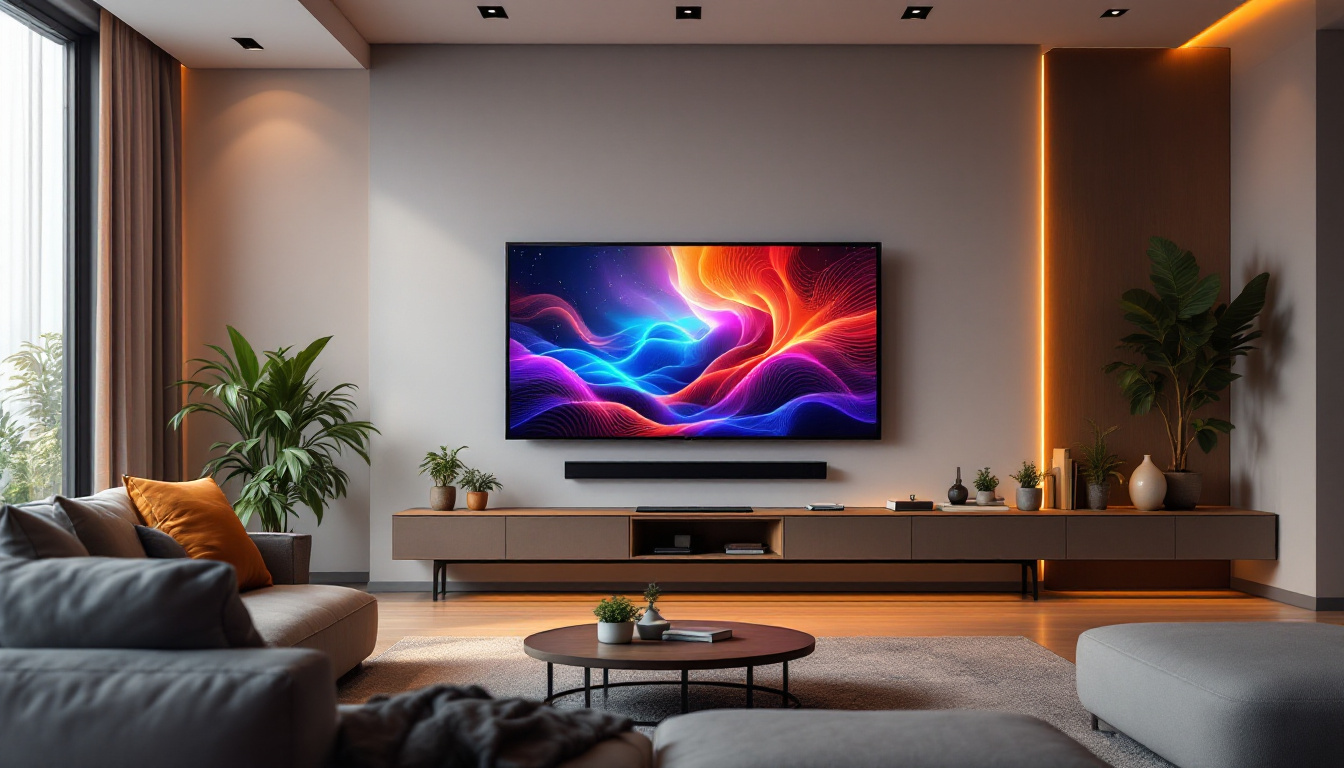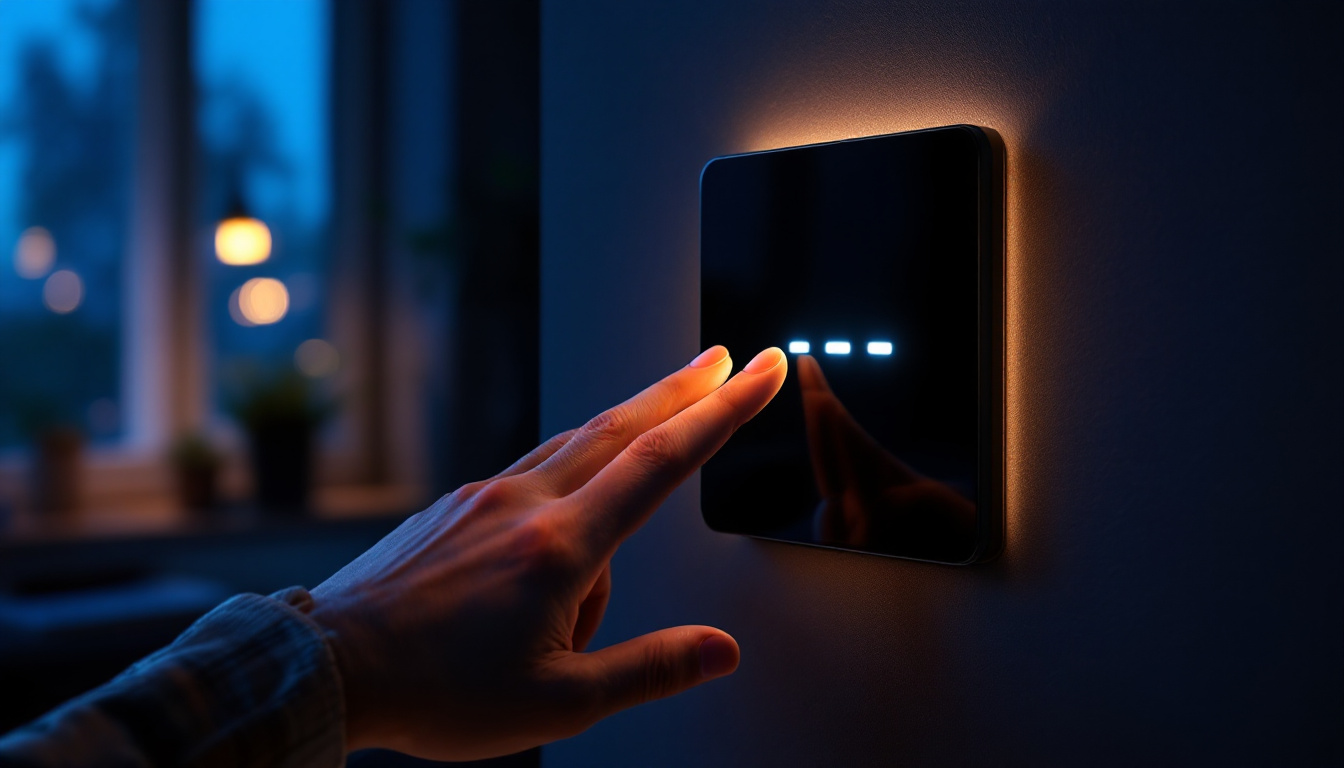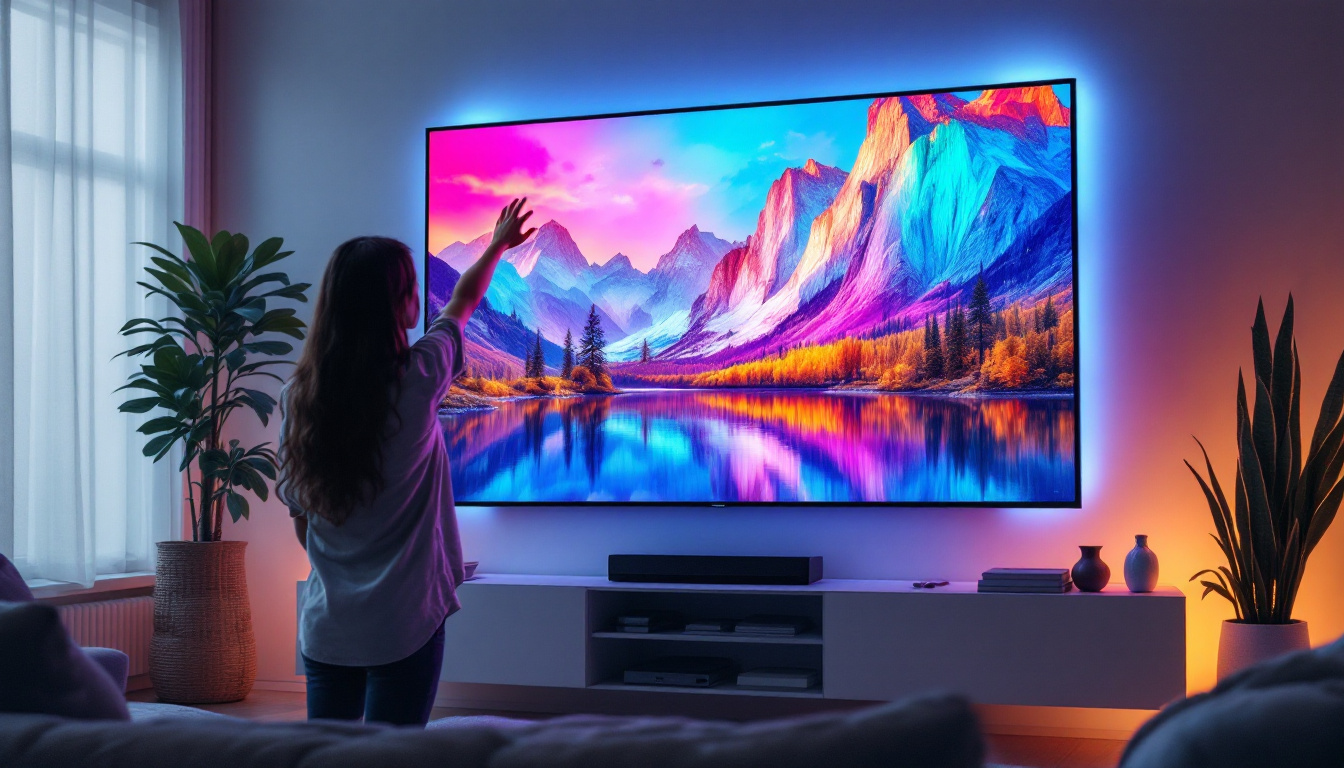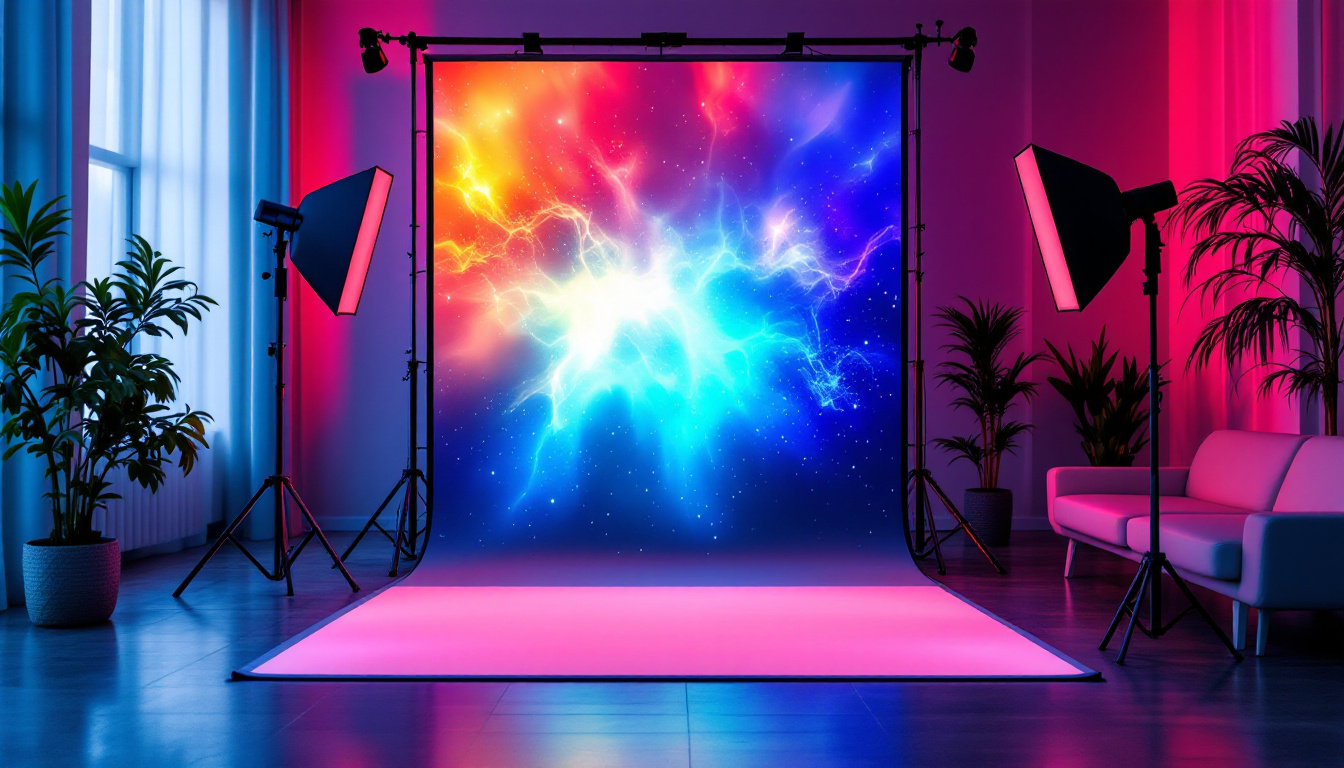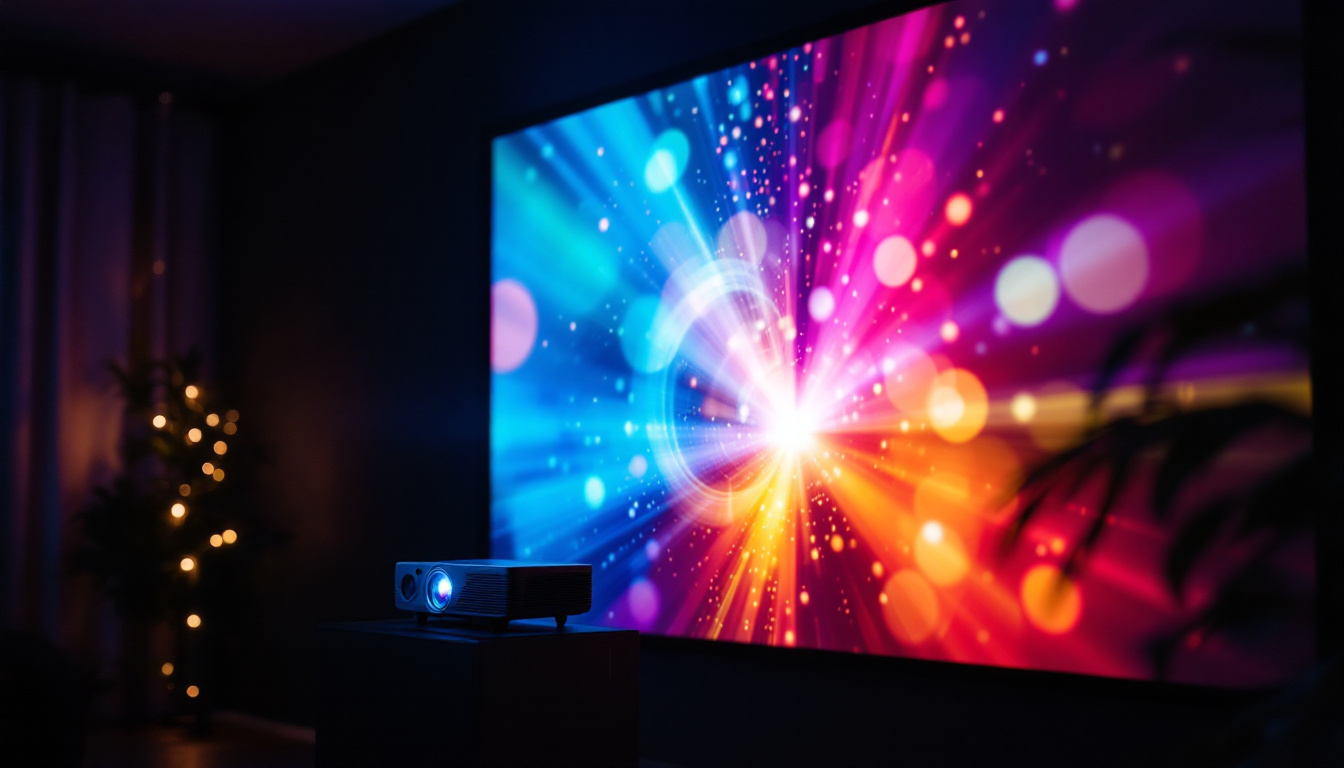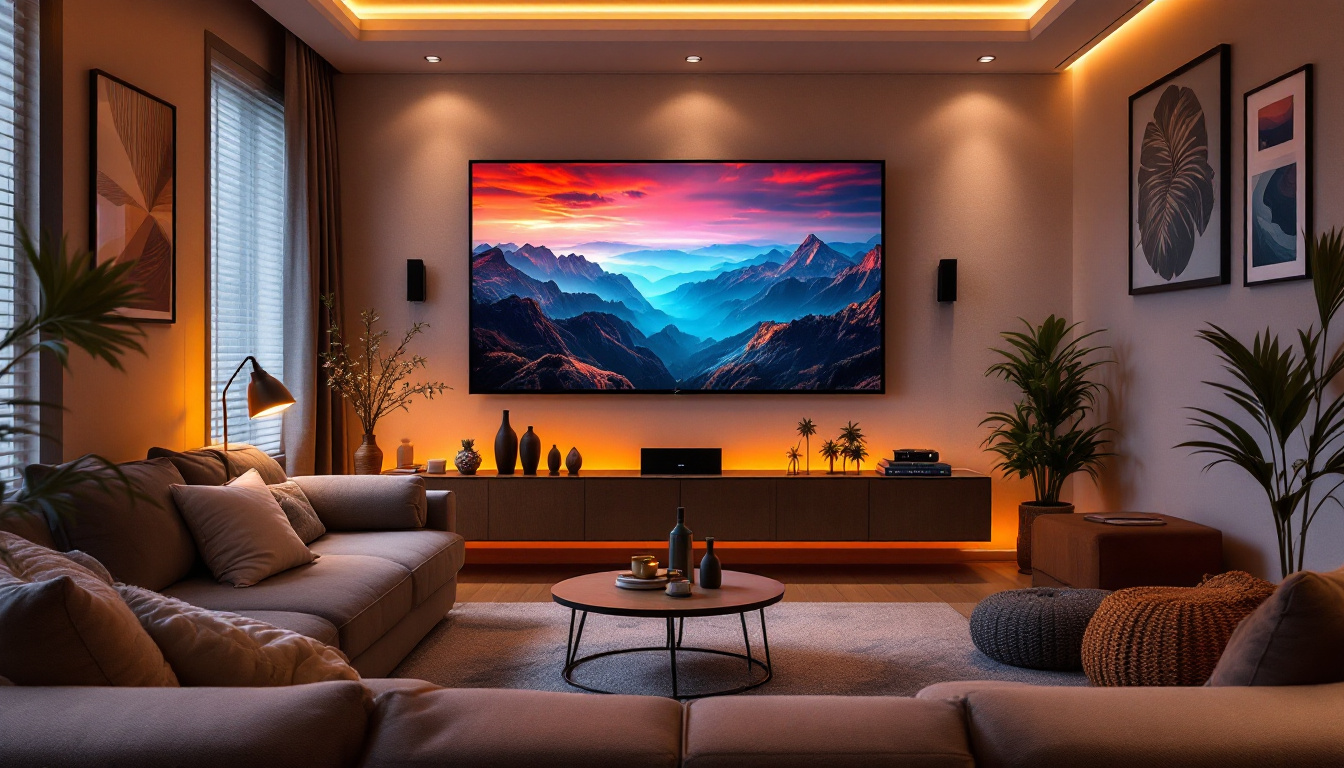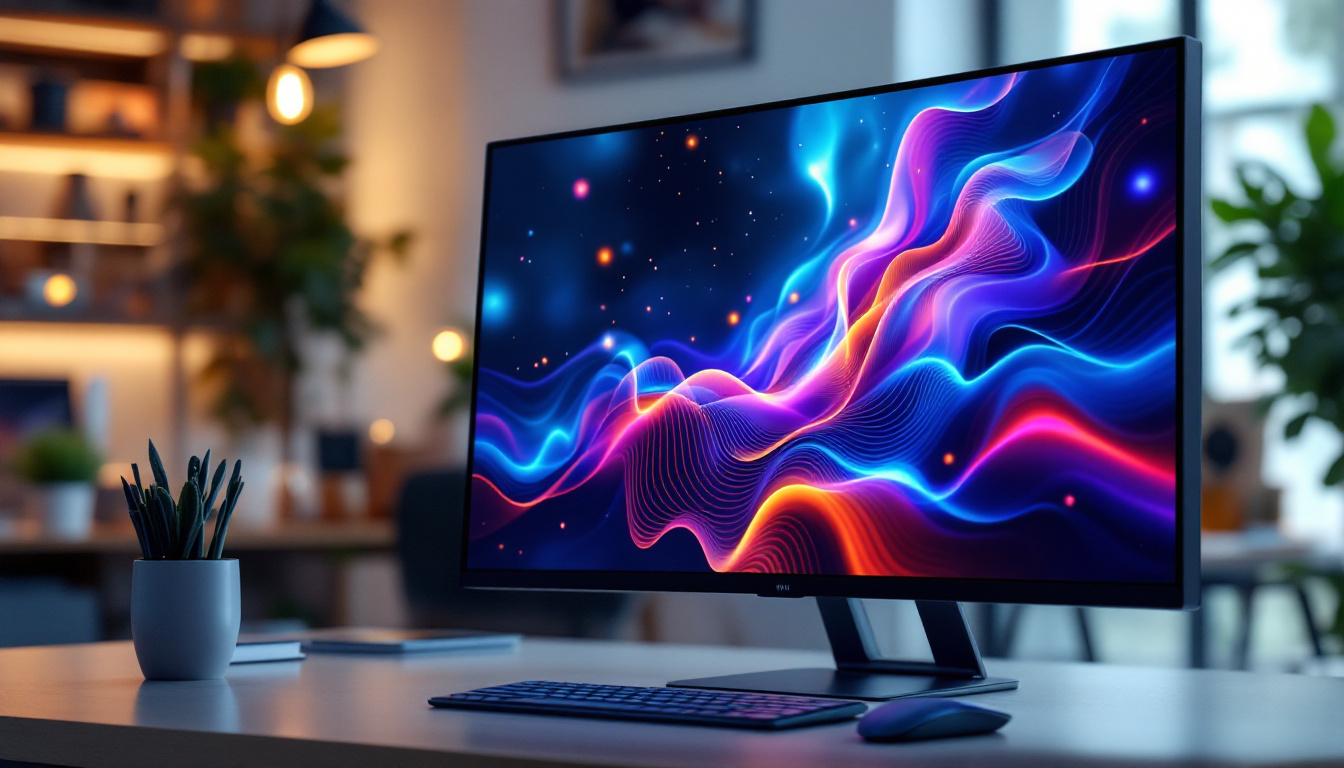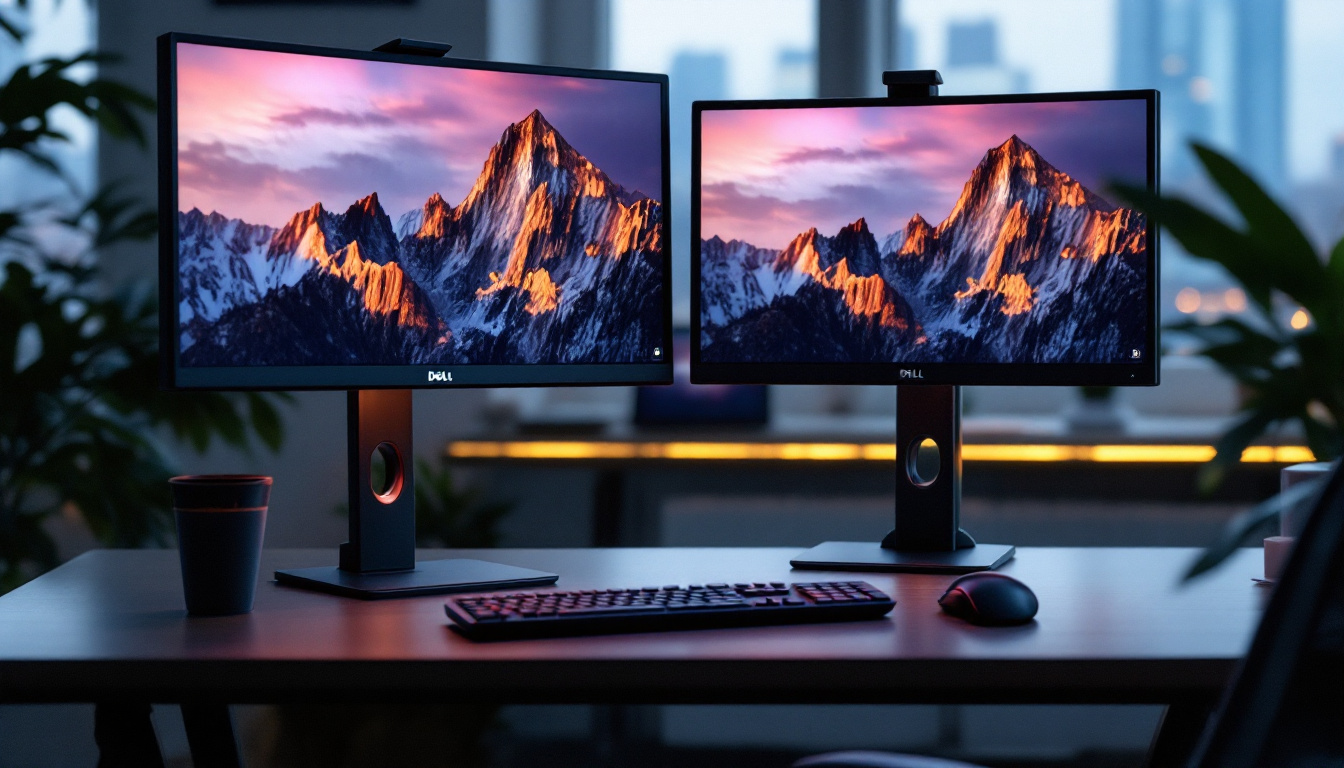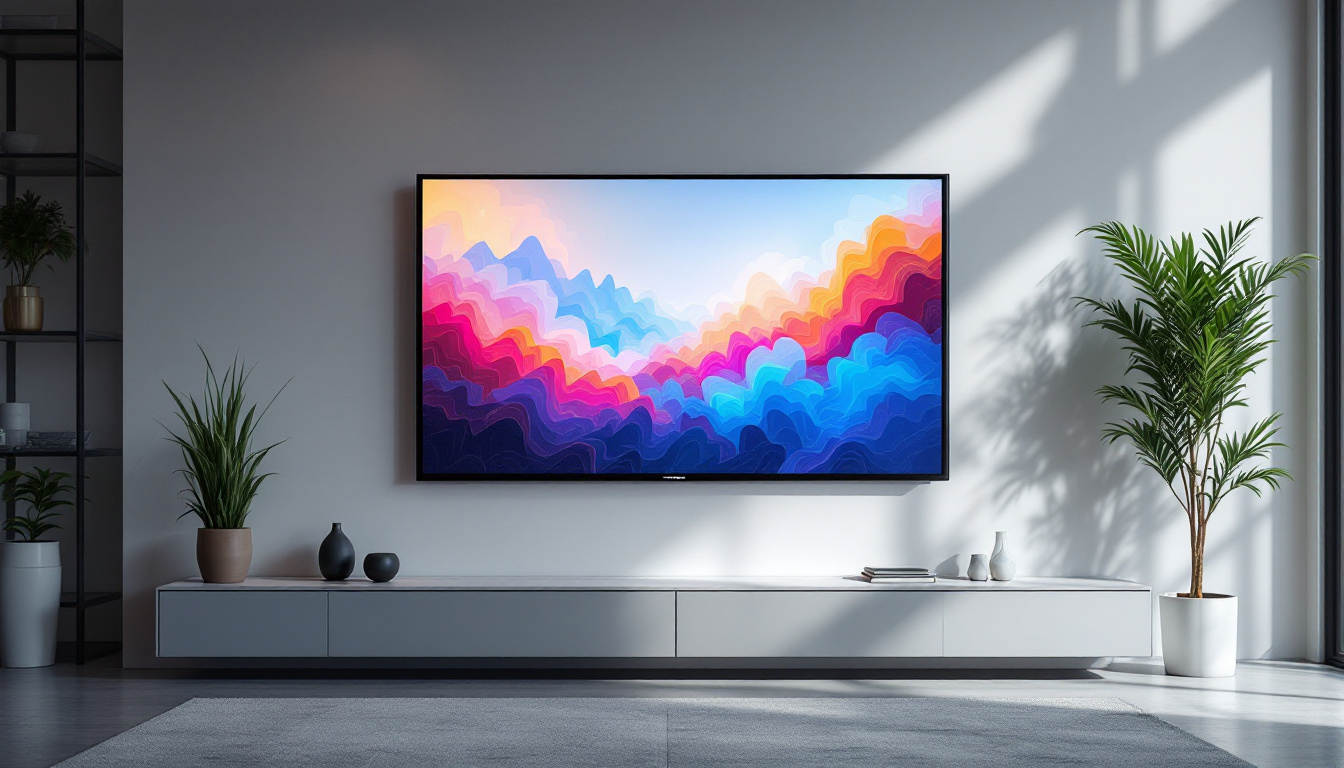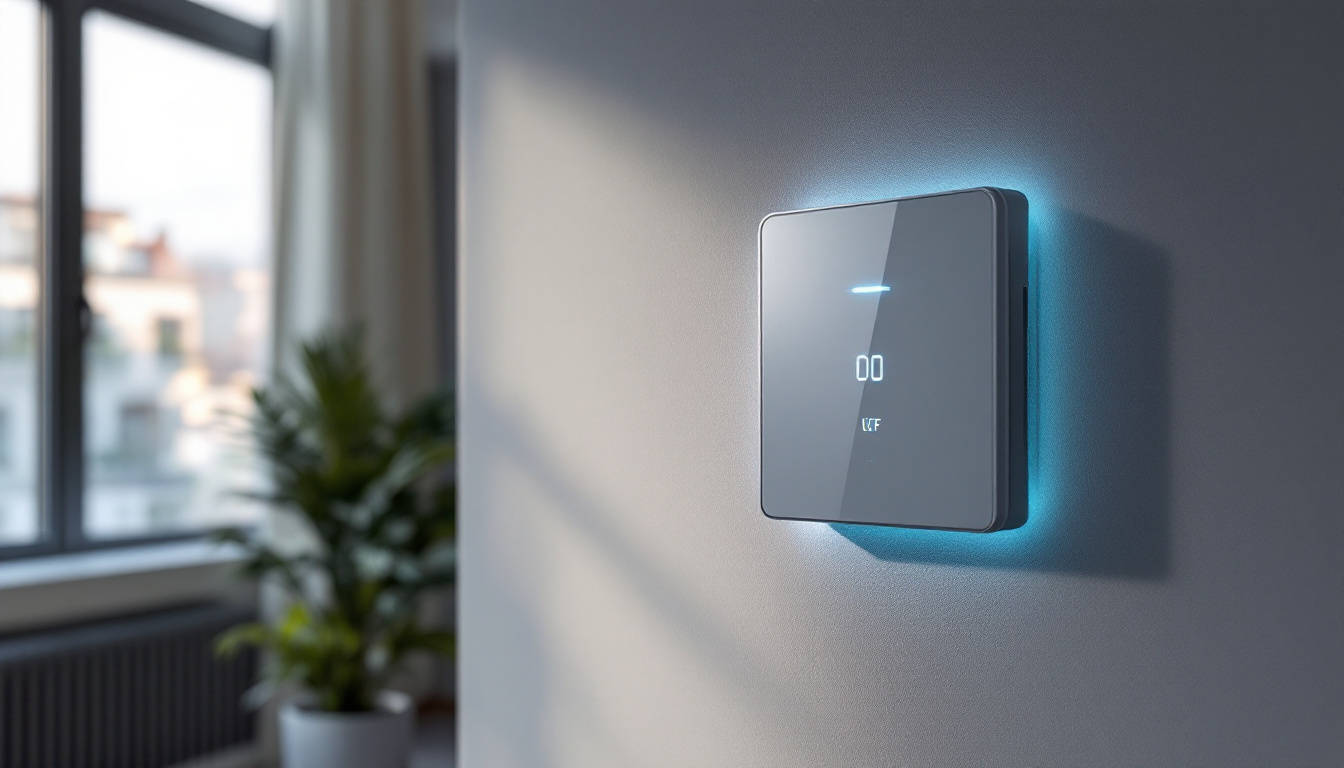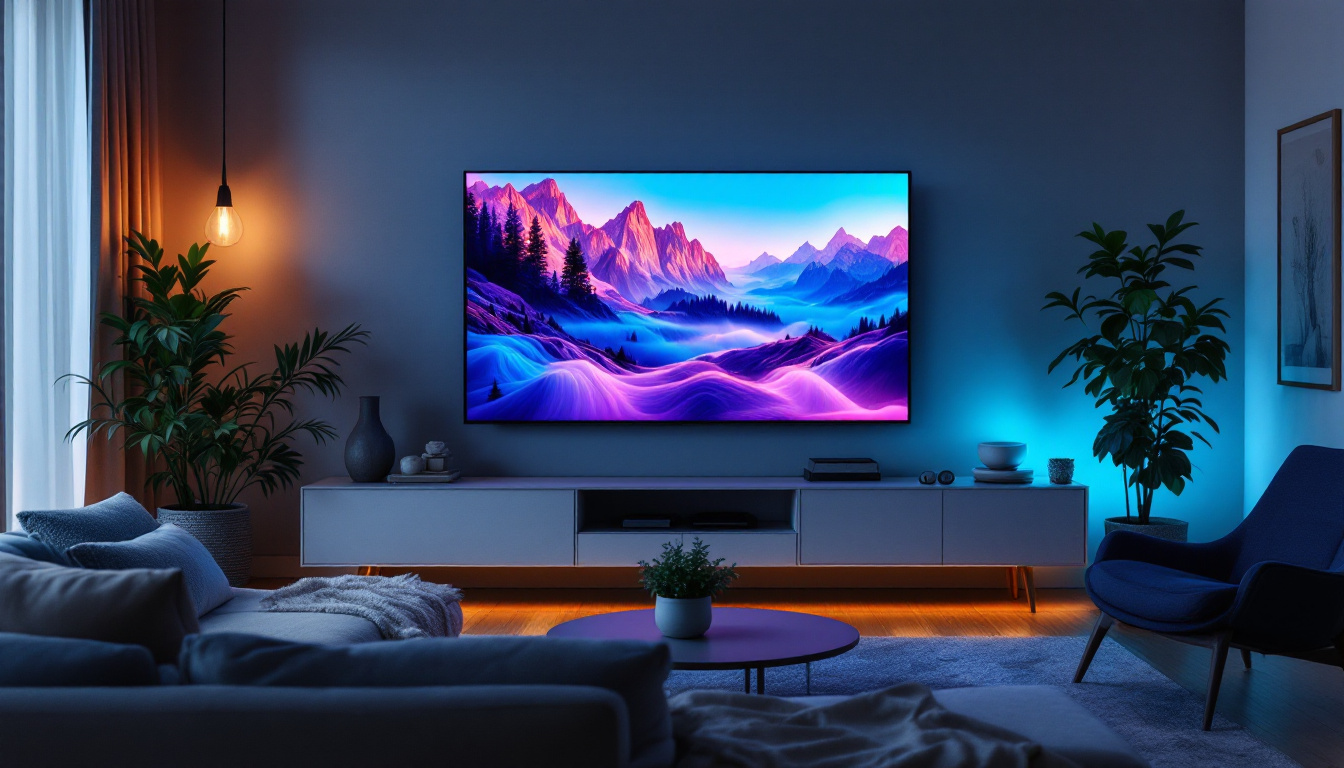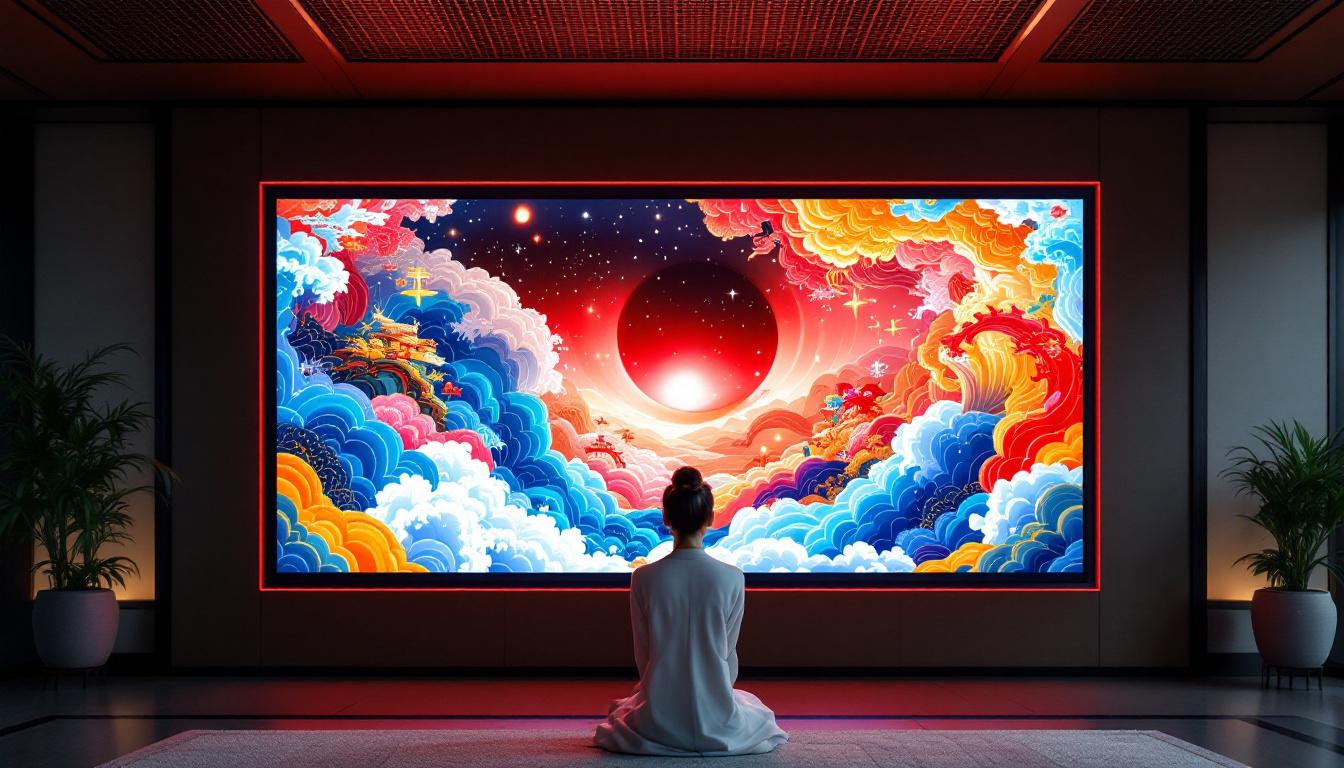Thinnest 32 TV: LED Display Explained
The evolution of television technology has been nothing short of remarkable. Among the various innovations, the 32-inch LED TV stands out not only for its size but also for its sleek design and advanced features. As consumers increasingly seek thinner models that fit seamlessly into their living spaces, understanding the technology behind these displays becomes crucial. This article delves into the intricacies of LED displays, particularly focusing on the thinnest 32-inch TVs available today.
The Rise of LED Technology
LED (Light Emitting Diode) technology has revolutionized the way we experience visual content. Unlike traditional LCDs that rely on fluorescent backlighting, LED TVs utilize tiny diodes to produce light, resulting in brighter images and improved energy efficiency. This advancement has allowed manufacturers to create thinner models without compromising on picture quality. As a result, LED technology has not only transformed the consumer electronics market but has also paved the way for innovations in other industries, such as automotive lighting and architectural design.
Benefits of LED Displays
One of the primary advantages of LED displays is their superior brightness. This feature is particularly beneficial in well-lit rooms where traditional screens may struggle to deliver clear images. Moreover, LED technology offers a wider color gamut, enhancing the overall viewing experience. The ability to display deeper blacks and brighter whites contributes to a more dynamic picture quality. Furthermore, LED displays are known for their rapid response times, making them ideal for fast-paced content like sports and action movies, where motion blur can detract from the viewing experience.
Energy efficiency is another significant benefit. LED TVs consume less power compared to their predecessors, making them an eco-friendly choice. This efficiency not only reduces electricity bills but also contributes to a smaller carbon footprint, aligning with the growing consumer demand for sustainable technology. In fact, many manufacturers are now incorporating recycled materials into their products, further enhancing the environmental credentials of LED technology. As consumers become more conscious of their energy consumption, the appeal of LED displays continues to grow, encouraging more households to make the switch.
Design Innovations
The design of modern 32-inch LED TVs has evolved to emphasize minimalism and elegance. Manufacturers are continuously pushing the boundaries of what is possible in terms of thinness. The thinnest models on the market often feature bezels that are nearly non-existent, providing a more immersive viewing experience. This sleek design not only enhances the aesthetic appeal of the television but also allows it to blend seamlessly into contemporary home decor, making it a stylish addition to any living space.
These design innovations are not just about aesthetics; they also enhance functionality. A thinner TV is easier to mount on walls, making it a popular choice for those looking to save space. Additionally, the lightweight nature of these models simplifies transportation and installation. Many modern LED TVs also come equipped with smart technology, allowing users to access streaming services and apps directly from their screens. This integration of technology enhances convenience and transforms the television into a central hub for entertainment, further solidifying its place in modern homes. As the demand for smart features continues to rise, manufacturers are likely to explore even more innovative designs that cater to the evolving needs of consumers.
Understanding the Technology Behind LED Displays
To appreciate the capabilities of the thinnest 32-inch LED TVs, it is essential to understand the technology that powers them. LED displays can be categorized into two main types: edge-lit and backlit. Each type has its own advantages and applications.
Edge-Lit vs. Backlit LED Displays
Edge-lit LED displays use LEDs positioned around the perimeter of the screen. This design allows for a thinner profile since the light source is not directly behind the display. However, edge-lit models may have limitations in terms of uniformity and contrast, particularly in darker scenes.
On the other hand, backlit LED displays feature a grid of LEDs behind the screen, providing more consistent lighting and improved contrast ratios. While these models tend to be thicker than their edge-lit counterparts, advancements in technology have led to the development of ultra-thin backlit models that still deliver exceptional picture quality.
Resolution and Picture Quality
In addition to the type of LED technology, resolution plays a critical role in the overall quality of the viewing experience. The most common resolutions for 32-inch TVs are HD (720p) and Full HD (1080p). While HD offers decent picture quality, Full HD provides sharper images and finer details, making it the preferred choice for many consumers.
Moreover, some of the latest models also offer 4K resolution, which is becoming increasingly popular even in smaller screen sizes. 4K TVs provide four times the pixel count of Full HD, resulting in stunning clarity and depth. This is particularly advantageous for viewers who enjoy watching high-definition content or playing video games.
Key Features to Consider
When selecting the thinnest 32-inch LED TV, several features should be taken into account to ensure the best possible experience. These features can significantly enhance usability and overall satisfaction with the product.
Smart TV Capabilities
Many modern 32-inch LED TVs come equipped with smart technology, allowing users to access streaming services, browse the internet, and utilize various applications directly from their television. This feature has become increasingly important as more viewers shift towards online content consumption.
Smart TVs often come with built-in Wi-Fi and user-friendly interfaces, making it easy to navigate through different platforms. Additionally, many models support voice control, enabling users to search for content or adjust settings hands-free.
Connectivity Options
Connectivity is another crucial aspect to consider. The best thinnest 32-inch LED TVs offer multiple HDMI ports, USB ports, and sometimes even Ethernet connections. This variety allows users to connect various devices, such as gaming consoles, Blu-ray players, and sound systems, enhancing the overall entertainment experience.
Furthermore, many models also support wireless connectivity options like Bluetooth, making it easy to connect headphones or external speakers without the hassle of cables.
Comparing the Top Models
With numerous options available in the market, selecting the right thinnest 32-inch LED TV can be challenging. Below is a comparison of some of the top models that exemplify the best in design, technology, and features.
Model A: Ultra-Slim Design
Model A is renowned for its ultra-slim design, measuring just a few millimeters in thickness. This TV utilizes edge-lit LED technology, providing vibrant colors and sharp images. With Full HD resolution and smart capabilities, it caters to the needs of modern viewers.
Its sleek design makes it a perfect fit for any room, whether mounted on a wall or placed on a stand. Additionally, it features multiple HDMI ports and USB connectivity, ensuring compatibility with various devices.
Model B: Backlit Brilliance
Model B stands out with its backlit LED technology, offering superior contrast and brightness. This model also supports 4K resolution, making it an excellent choice for those who prioritize picture quality. The design is slightly thicker than edge-lit models but still remains impressively slim.
With built-in smart features, users can easily access their favorite streaming platforms. Its robust connectivity options enhance versatility, allowing seamless integration with gaming consoles and sound systems.
Installation and Placement Tips
Proper installation and placement of a 32-inch LED TV can significantly enhance the viewing experience. Here are some tips to ensure optimal setup.
Choosing the Right Location
When selecting a location for the TV, consider factors such as viewing distance and lighting. Ideally, the TV should be placed at eye level when seated, which helps reduce neck strain and provides a more comfortable viewing experience. Additionally, avoid placing the TV in direct sunlight, as this can cause glare and diminish picture quality.
Wall Mounting vs. Stand
Wall mounting is a popular option for thinner TVs, as it saves space and creates a sleek look. Ensure that the wall mount is compatible with the TV’s size and weight. If opting for a stand, choose one that complements the TV’s design and provides adequate stability.
Regardless of the mounting option, ensure that the TV is securely fixed to prevent accidents and damage.
Maintenance and Care for Longevity
To ensure the longevity of a thinnest 32-inch LED TV, proper maintenance and care are essential. Regular cleaning and mindful usage can significantly extend the lifespan of the device.
Cleaning Tips
When cleaning the screen, use a microfiber cloth to avoid scratches. Avoid using harsh chemicals or abrasive materials, as these can damage the screen’s surface. For the best results, lightly dampen the cloth with water or a specialized screen cleaner.
Additionally, dust the TV’s exterior and vents regularly to prevent overheating and ensure optimal performance. Keeping the area around the TV clean can also enhance airflow and reduce the risk of dust accumulation.
Software Updates
For smart TVs, regularly checking for software updates is crucial. Manufacturers often release updates to improve performance, fix bugs, and enhance security. Keeping the TV’s software up to date ensures that users can enjoy the latest features and maintain optimal functionality.
Conclusion
The thinnest 32-inch LED TVs represent the pinnacle of modern television technology, combining sleek design with advanced features and superior picture quality. As consumers continue to prioritize aesthetics and functionality, understanding the technology behind these displays becomes increasingly important.
From the benefits of LED technology to the essential features to consider, this guide provides a comprehensive overview for anyone looking to invest in a new TV. By comparing top models and considering installation tips, viewers can make informed decisions that enhance their entertainment experience.
As technology continues to evolve, the future of television promises even more exciting advancements. Staying informed about these developments will ensure that consumers can enjoy the best viewing experiences for years to come.
Discover the Future of LED Displays with LumenMatrix
Ready to elevate your viewing experience with the thinnest and most advanced LED technology? Look no further than LumenMatrix, a pioneer in crafting immersive visual displays that transform any space. Whether you’re in need of an Indoor LED Wall Display for your living room, an Outdoor LED Wall Display for your business, or any of our specialized solutions like Vehicle LED Displays and LED Sports Displays, LumenMatrix has you covered. Embrace the future of television and visual storytelling with our top-tier LED display modules. Check out LumenMatrix LED Display Solutions today and step into a world where clarity and innovation meet.

